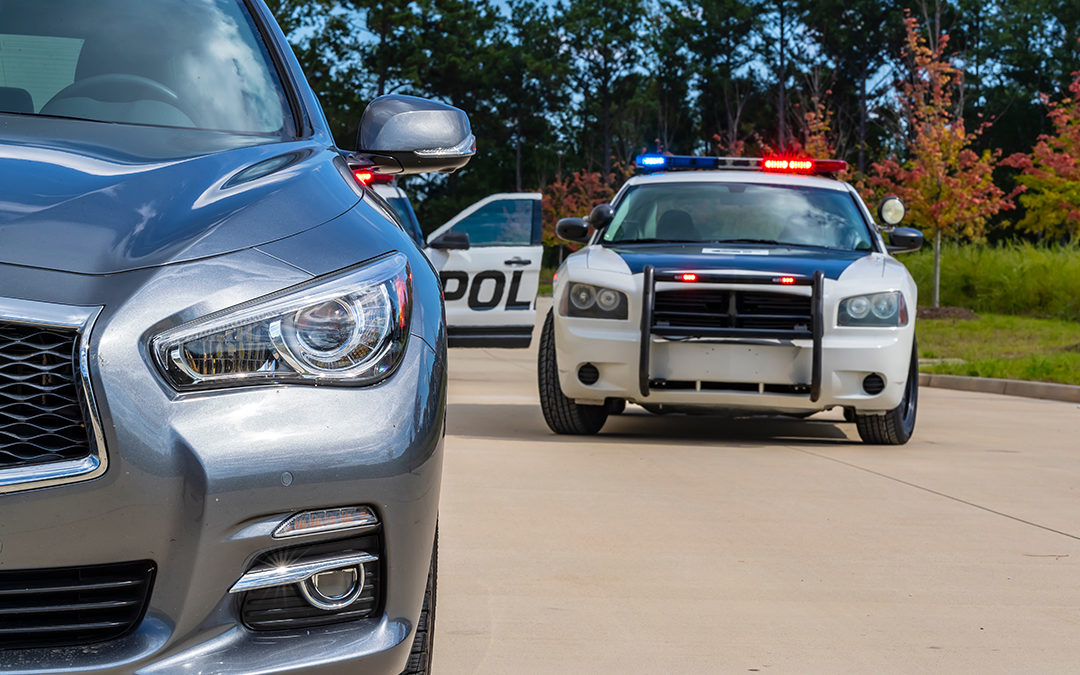Blood alcohol concentration, also referred to as BAC, is one of the key issues in any drunk driving case. This is because California law makes it a crime to drive a vehicle if your BAC is higher than 0.08 percent, no matter how impaired you feel or how good or bad your driving is.
When you have an alcoholic drink, your body absorbs the alcohol through the linings of the stomach and small intestine. The alcohol ends up in the blood, where it travels to every part of the body, including the brain. All types of alcoholic drinks will affect your BAC, as will how fast you drink, whether you drink while eating food, and your gender. Women’s bodies tend to store more water than men’s, so alcohol, which mixes with the water, stays in a woman’s bloodstream for longer, on average, than in a man’s.
Since it can take over an hour for a person to reach “peak” impairment after drinking, it matters what a person’s BAC is if they are stopped on suspicion of drunk driving – and it may not be the same as the person’s BAC when they are tested later on, such as at a police station. In order to get a BAC reading as close as possible to when an officer stops someone, most police officers use a breathalyzer or other breath test machine. Like all machines, breathalyzers must be operated correctly in order to give an accurate reading.
If you have been charged with drunk driving in California, experienced Orange County DUI attorney Maltaise Cini can help built a strong defense on your behalf by examining the details of your case, including the results of any BAC test. Armed with this information, Ms. Cini will fight for the best possible outcome in your case. To learn more, call 949-660-1389 for a confidential consultation.

